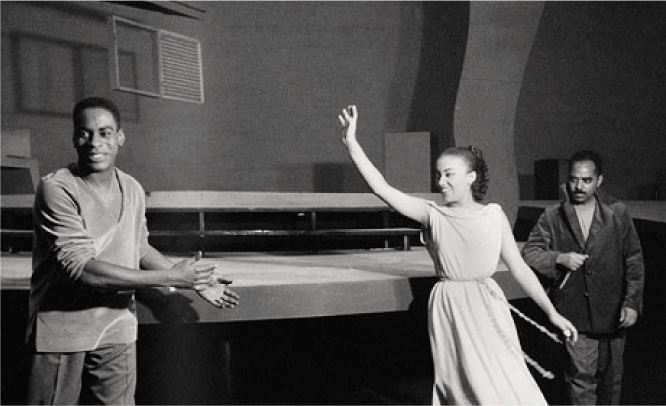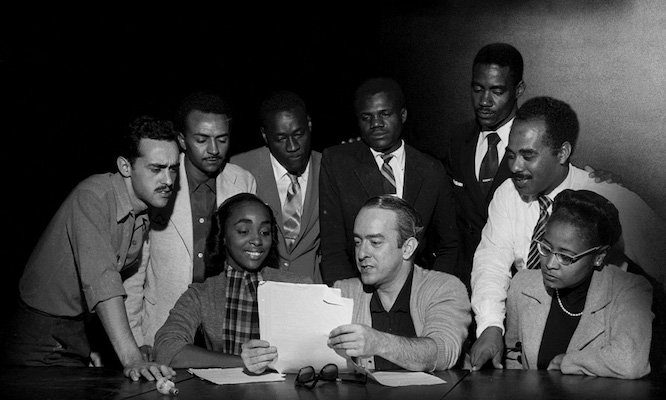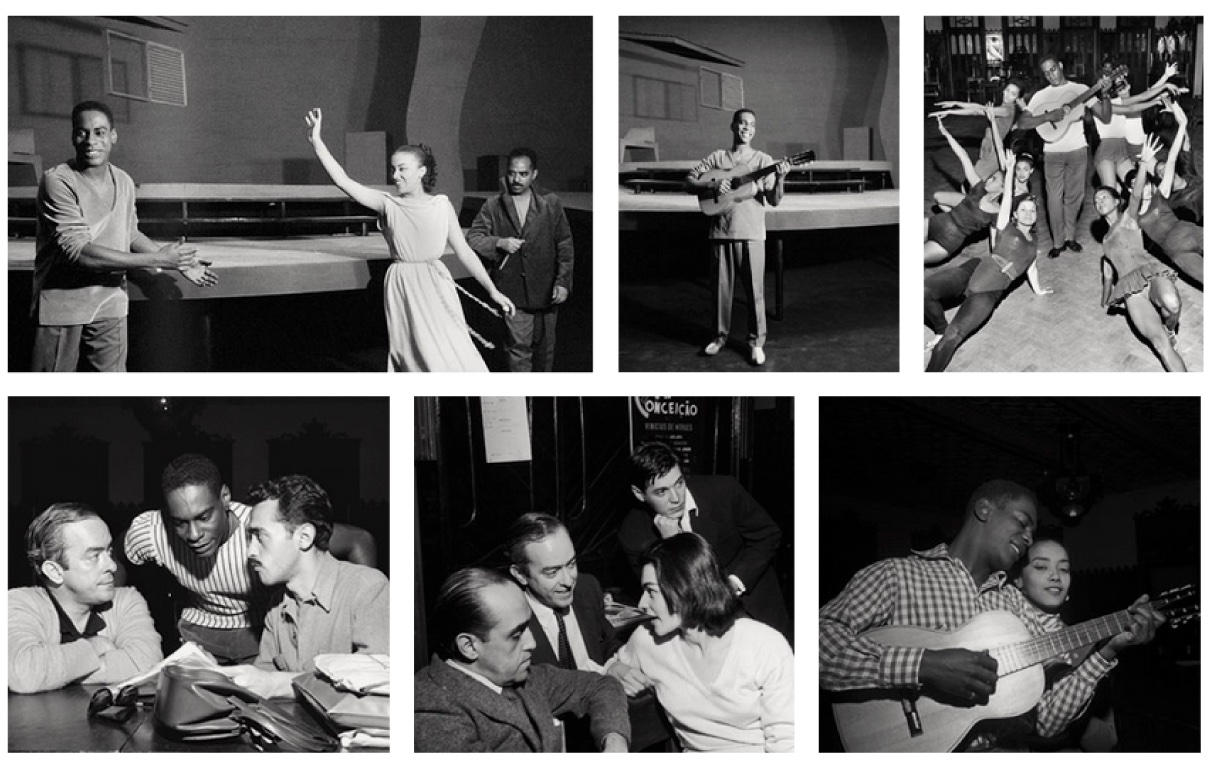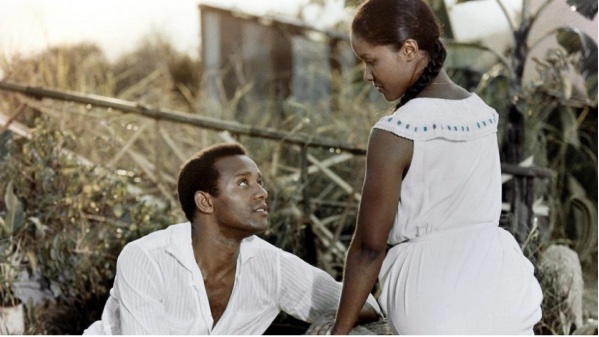Orpheus


Orpheus at the theater
Since 1942, the idea of transposing the Greek myth of Orpheus to a slum in Rio intrigued Vinicius de Moraes. It was during this year that the American poet Waldo Frank visited Brazil and Vinicius was responsible to escort him around the country.
His forays into the world of the slums, yards of Candomblé, the Mangrove area and the samba schools of the city, plunged the poet in an African-Brazilian reality that he had not lived since. There, according to him, it began his approach among black residents of the slums in Rio and the heroic and tragic Greeks of the mythical times.
That same year, Vinicius was spending a few days at the home of his close friend Carlos Leon, located in Niteroi, at Morro Cavalão. It was there, reading a book on Greek mythology while hearing, in the distance, the sound of drumming coming from a nearby slum, that the poet glimpsed the myth among samba schools. At that moment, his carioca tragedy got the first act.
On September 25th, 1956, the play finally has its première at the Municipal Theater of Rio de Janeiro. Between comings and goings to Paris, Vinicius gets to muster for his stage setting great names of the Brazilian culture of that time: Oscar Niemeyer built the scenarios, Carlos Scliar and Djanira made the posters, the Teatro Experimental do Negro of Abdias Nascimento provided actors for the cast, as Abdias himself, besides Haroldo Costa, Ademar Pereira da Silva, Ruth de Souza among others. It was the first time in the history of the Municipal Theater that black actors stepped on its stage.

Behind the scenes
Great Brazilian press photographers of that time covered the rehearsals of the play. José Medeiros, photographer of the famous magazine O Cruzeiro, was one of the names who registered the backstage preparation for Orpheus of the Conception.
It was also because of Orpheus of the Conception that Vinicius began his brilliant partnership with Tom Jobim. Through Lucio Rangel, the poet meets the composer, and both work on the soundtrack of the play. It comes out as an album in the same year, becoming one of the starting points of an aesthetic that three years later would be definitely called Bossa Nova.

ORPHEUS CONQUERS THE WORLD THROUGH THE CINEMA
Besides the play, the book and the record, his Rio tragedy would still reach a global dimension when becoming a film. Additionally, in 1955, Vinicius starts in France the negotiations with the producer Sacha Gordine to turn the story of Orpheus in a feature film. Titled Black Orpheus, the Franco-Italian production was released in 1959 and was directed by Marcel Camus.
Although Vinicius rejected the cinematographic result, the movie wins the top awards from Cannes (the Golden Palm Award, 1959), besides the Best Foreign Film Award at the Oscar and the Golden Globe of 1960.


